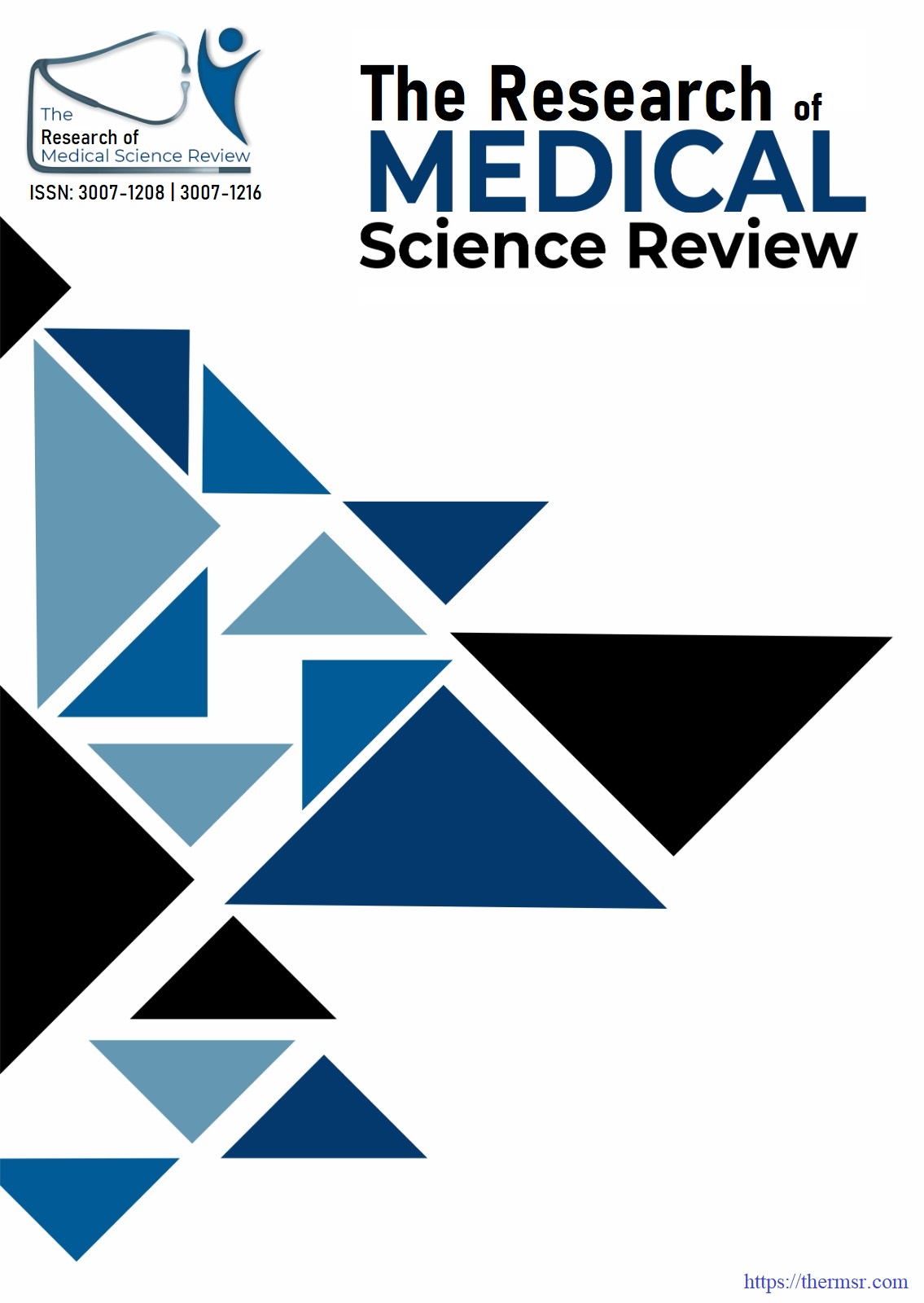COMPARISON OF EXTRACORPOREAL SHOCKWAVE LITHOTRIPSY VERSUS PERCUTANEOUS NEPHROLITHOTOMY IN MODERATE STONE OF SIZE 15MM TO 20MM
Main Article Content
Abstract
Introduction: The choice between ESWL and PCNL for treating moderate-sized kidney stones often depends on several factors, including patient characteristics, stone properties, the expertise of the treating team, and the availability of advanced medical technology.
Objective: To compare the effectiveness of extracorporeal shockwave lithotripsy versus percutaneous nephrolithotomy in moderate stone of size 15mm to 20mm.
Material and methods: This Randomized controlled trial was conducted at the Department of Urology Institute of Kidney Diseases Peshawar during July 2023 to December 2023. Data were collected using the non-probability consecutive sample technique.
Results: Data were collected from 496 patients, with mean age was 42.5 ± 9.8 years in the ESWL group and 43.1 ± 10.2 years in the PCNL group, with a slightly higher proportion of males in both groups (57% for ESWL and 59% for PCNL). The baseline stone size was similar, averaging 15.2 ± 2.9 mm for ESWL and 15.4 ± 2.7 mm for PCNL. Complication profiles differed between the groups. Transient hematuria and flank pain were observed exclusively in the ESWL group (4.84% and 4.03%, respectively). In contrast, fever (8.06%) and surgical site infections (5.65%) were only reported in the PCNL group, reflecting the invasive nature of the procedure.
Conclusion: It is concluded that both Extracorporeal Shockwave Lithotripsy (ESWL) and Percutaneous Nephrolithotomy (PCNL) are effective treatment modalities for moderate-sized mid-ureteric stones (10–20 mm), but their application should be tailored to individual patient needs and clinical scenarios.
Downloads
Article Details
Section

This work is licensed under a Creative Commons Attribution-NonCommercial-NoDerivatives 4.0 International License.
